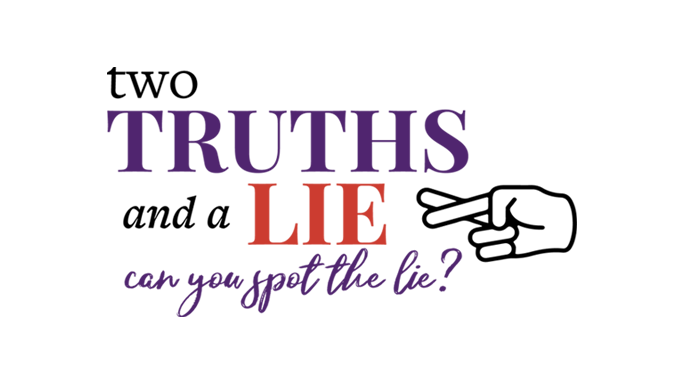A frequent media and progressive claim is that inequality is sharply rising and harming the quality of life for Americans. In order to “solve” this inequality, they claim massive government spending is required, as former president Barack Obama said, to “spread the wealth around.” How well is this government spending performing?
Everyone loves the party game/icebreaker “two truths and a lie.”
Can you identify which of the following is NOT true about poverty and inequality in America?
A. Income inequality has been increasing in America in recent decades.
B. Income inequality has been decreasing in America in recent decades.
C. Anti-poverty spending discourages people from working.
Let’s take these statements one at a time:
A. FALSE! Income inequality is lower today than it was 70 years ago, as a recent report by The Cato Institute’s John F. Early shows. . Facts about inequality and poverty reveal a very different and better America than the one currently described in debates across much of the political spectrum. The Census Bureau’s official poverty rate does not count two‐thirds of government subsidies to households (things like cash welfare, food stamps, housing vouchers, Medicaid, etc.) as income or any taxes taken as reductions to income, so, it overstates both income inequality and poverty. Counting all subsidies and taxes shows that income inequality is far less than claimed and continuing to fall, Cato found. By not counting two‐thirds of all transfer payments as income to the recipients of the transfers and not counting taxes paid as income lost to taxpayers, government statistics dramatically overstate income inequality.
B. TRUTH! Official statistics on economic well‐being distort the dialogue on public policy because they also do not reduce the income that the government takes as taxes, which average 35% of income for the top quintile. The official Census Bureau measure of income, which it calls “money income,” is the basis for official estimates of household income, income inequality, poverty, and many other key indicators of economic wellbeing. However, two-thirds of transfer payments are not counted by Census when computing the official measure of money income. The Census Bureau excludes more than 100 transfer programs, such as checks that pay low-income households refundable tax credits in excess of their tax liabilities, food-stamp debit cards, and doctor bills paid by Medicaid. Adding those missing transfer payments increases earned income in the bottom quintile by almost 700%, according to Early’s calculations, and in the second quintile by more than 70%. For higher quintiles, the missing transfer payments are small and mostly from Medicare for seniors.
The government also adjusts for inflation using price indexes that are not the most accurate. As a result, official statistics overstate income inequality by a factor of four and claim that inequality has been rising when it has actually been falling for the past 70 years. Similarly, official poverty counts are 10 times larger than the actual number, according to Early’s calculations, which he presents as co‐author of the new book The Myth of American Inequality with former Sen. Phil Gramm and Robert Ekelund, Professor of Economics Emeritus at Auburn University.
C. TRUTH! The overstatements of inequality recorded by the Census Bureau have been used by policymakers to justify higher subsidies to lower‐income households. Unfortunately, these subsidies cause many work‐age adults in lower‐income households to stop working, as shown by economists like University of Chicago’s Casey Mulligan, who also served as chief economist at the White House Council of Economic Advisers. Total transfer payments reduce income inequality by 90%, from a ratio of the top quintile earners at a ratio of 60.3 to 1 for the bottom to 5.7 to 1, according to Early.
The book “The Tragedy of American Compassion,” by Marvin Olasky tracks the collapse of families who received welfare compared to families of the same circumstances who chose to work rather than receive government assistance. The families who stood up on their own two feet were much better off than those who took the government funding. Those who took the money saw a decline in upward mobility, suffered higher crime and saw their marriages disintegrate.
Because of the wrong incentives structured into government programs, earned income inequality has risen because some people have been induced to work less by the availability of greater government transfer payments while others have increased their capabilities with more education and worked more to promote their households’ well‐being.
Bottom line: Contrary to media and progressive claims, income inequality has not risen in recent decades. As a result of rising, broad-based economic prosperity, today most people are economically as prosperous as many people in the top 20% were 50 years ago. The way to improve the lives of those at the bottom of the economic ladder is to encourage work rather than expanding government programs.

